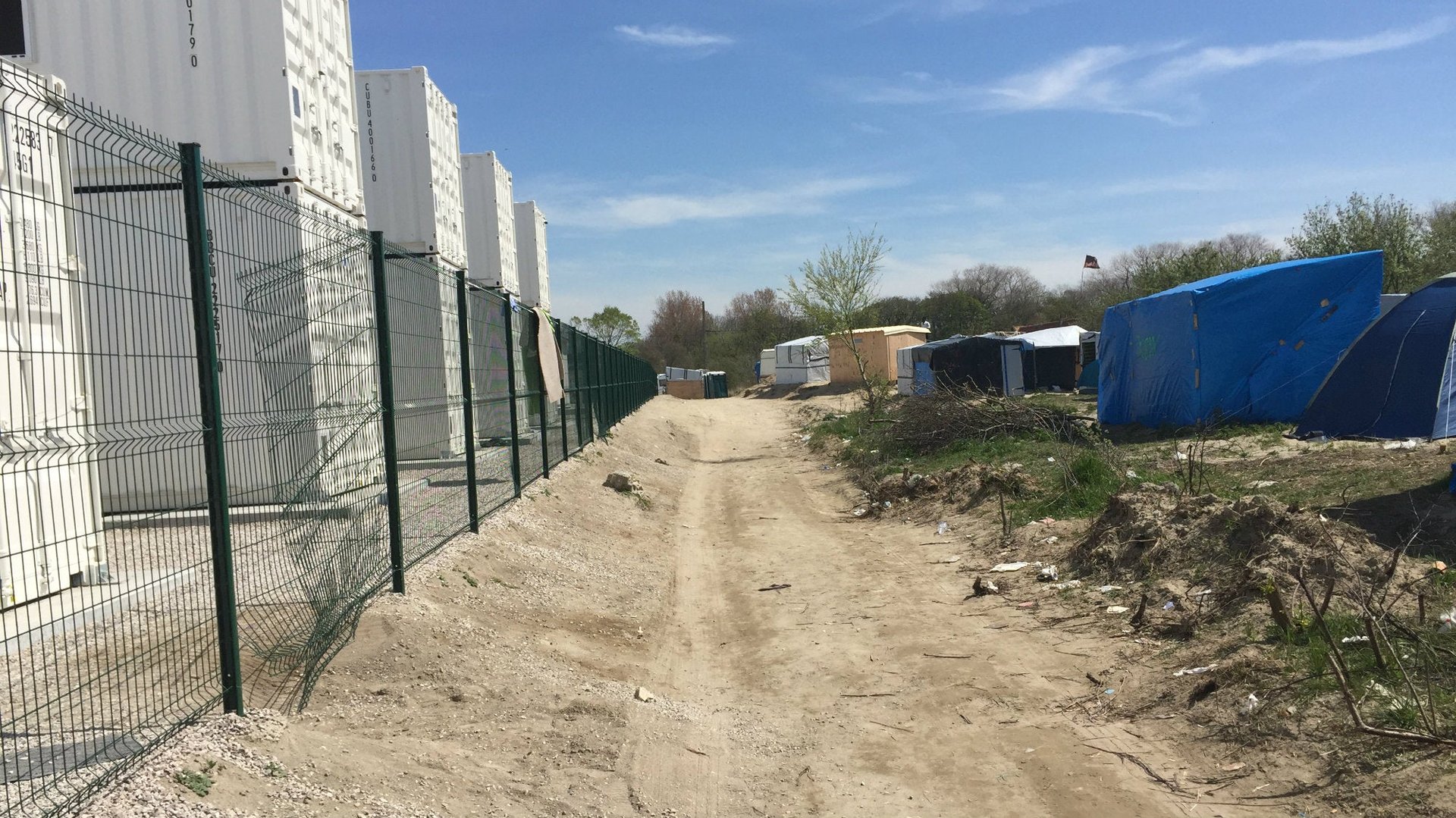This heartbreaking photo of a refugee camp in Calais is a reminder that all kids are the same
The photograph above is of the unofficial refugee settlement on the outskirts of Calais, France, known widely as “the Jungle.” It was taken by Rosalind Ereira, founder of the UK-based advocacy group Solidarity With Refugees.


The photograph above is of the unofficial refugee settlement on the outskirts of Calais, France, known widely as “the Jungle.” It was taken by Rosalind Ereira, founder of the UK-based advocacy group Solidarity With Refugees.
On the left, behind the fence, are French government trailers that house 1,500 people. On the right is the unofficial settlement where more than 3,500 migrants live. If you look closely, you can see small burrows in the dirt underneath the fence. Those are passages that children have dug so they can play with their friends on the other side.
The tiny tunnels are a reminder that the refugee crisis is about people—many of them children—trying to keep life going in oppressive conditions.
This spot in Calais has been a stopping point for migrants hoping to make the journey to the UK since the Yugoslavian war in the 1990s. In the wake of Europe’s two-year-old migrant crisis, its population has exploded. A census released Tuesday (May 10) found 568 children living in the settlement, 74% of whom are there alone. The average age is just under 14 years old.
It’s no place for children. Because it’s not an official refugee camp; few aid agencies have set up services in the Calais settlement. There is no formal schooling. The hundreds of unaccompanied children are vulnerable to exploitation. Volunteer medical workers told the Independent that seven boys aged 14 to 16 reported being raped in the camp in the last six months. All had injuries consistent with the crime; four required surgery.
In February, police stormed the unofficial camp in an attempt to dismantle the settlement, burning hundreds of homes. Following the demolition, 129 unaccompanied children went missing from Calais, according to Help Refugees. An estimated 10,000 migrant children have gone missing since entering Europe in the last two years.
Most migrants who make it from Calais to the UK do so by hopping on to a truck entering the Channel Tunnel or on makeshift boats crossing the English Channel. Neither is a realistic option for families with small children. For the children left behind, there’s nothing to do but wait, and to find a way to keep playing.